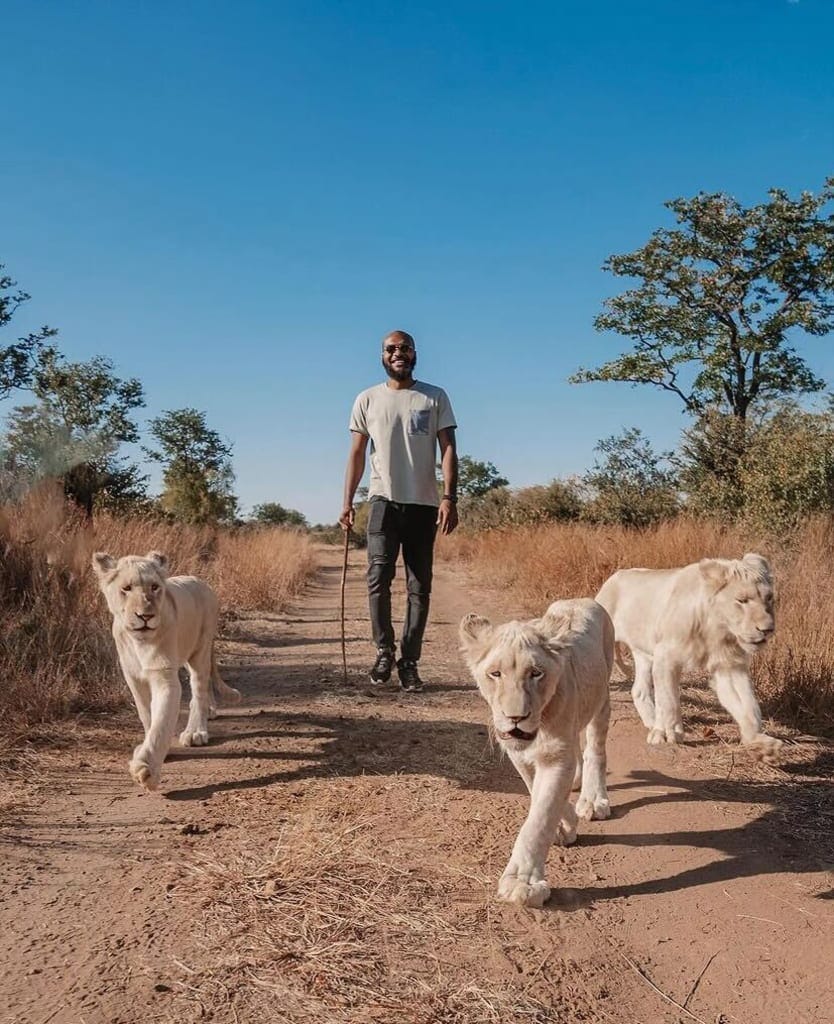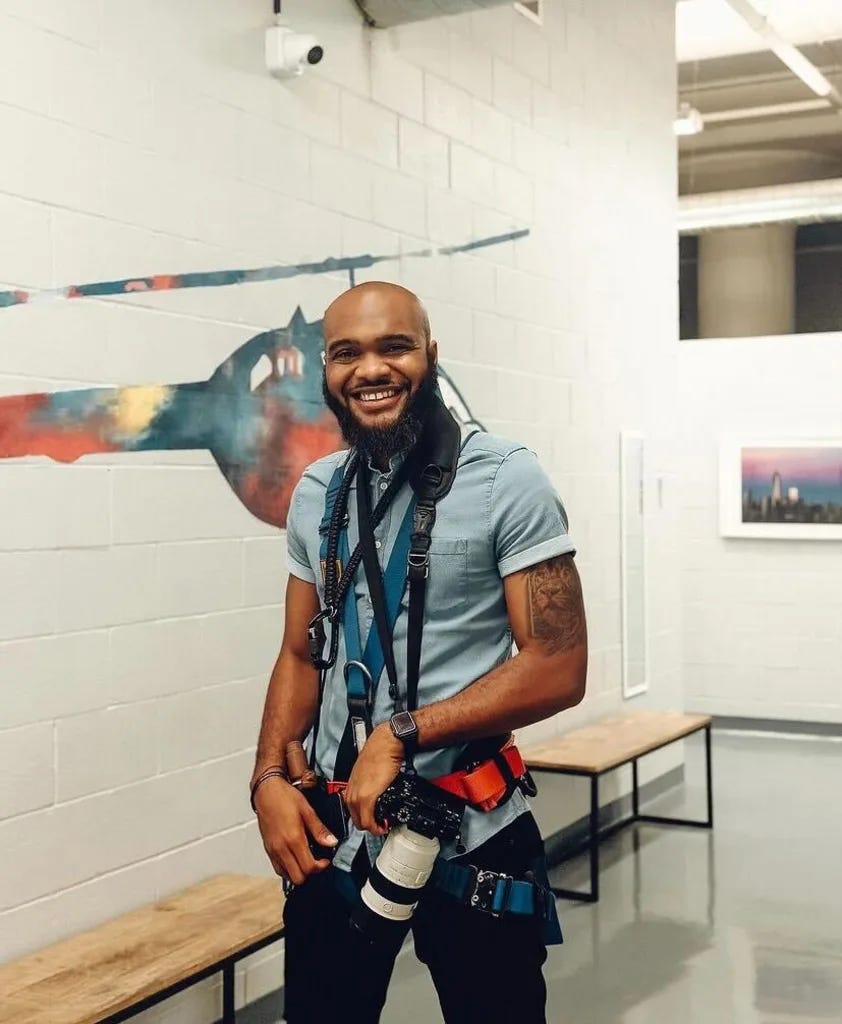African YouTubers Now Prefer International Audience to Local Viewership, Here's why
In Africa, where internet and smartphone penetration rates are steadily rising, content creation has become an increasingly popular avenue for young people to express themselves and showcase their
Africa’s burgeoning digital creator economy has been steadily gaining momentum, with young content creators across the continent optimizing social media platforms to share their stories and perspectives with the world. However, despite the rapid growth of the creator economy in Africa, many content creators are finding themselves faced with a stark reality: the disparity in earnings between audiences in Africa and those in the West.
One such creator, Tayo Aina, a 31-year-old Nigerian content creator, experienced this firsthand when his video documenting rapper J. Cole’s performance in Nigeria went viral in April 2018, accumulating over 1.1 million views. Despite the impressive view count, Aina received a relatively meager payout of just $132 from the platform. This stark difference in earnings can be attributed to the fact that platform payouts, such as those on YouTube, are heavily influenced by the geographic location of the audience.
In Africa, where internet and smartphone penetration rates are steadily rising, content creation has become an increasingly popular avenue for young people to express themselves and showcase their talents. However, the earning potential for African content creators is often limited by lower advertising rates compared to Western countries. This discrepancy in earnings is primarily due to the difference in Cost Per Mille (CPM), the cost for an advertiser to gain 1,000 impressions, which can vary significantly by country and genre of video.
For instance, Aina estimates that a video targeted at an American audience could potentially earn ten times more than the same video targeted at an African audience, owing to the higher CPM rates in the United States. Consequently, many African content creators, including Aina, have found themselves compelled to shift their focus towards appealing to international audiences in order to maximize their earning potential.
To broaden their appeal and attract international viewership, creators like Aina have diversified their content to cover topics with broader appeal, such as travel-related content in popular destinations like the Caribbean and Los Angeles. However, the pursuit of an international audience comes with its own set of challenges, particularly for travel vloggers like Aina, who face restrictions on international travel due to the limitations of their passports.
Despite these challenges, African content creators remain resilient in their pursuit of success, viewing content creation as a viable economic opportunity and a means to amplify their voices on a global scale. While the financial rewards may be modest compared to their Western counterparts, many creators are driven by a desire to tell their own stories and showcase the diversity and vibrancy of their communities to the world.
Ultimately, African content creators are determined to carve out their own space in the digital landscape, challenging existing narratives and celebrating the continent’s rich tapestry of culture, innovation, and opportunity. As John Karanja, whose Kenya-based channel Afrikan Traveller has amassed a considerable following, aptly puts it, “Yes, there’s poverty. And yes, there’s wildlife. But there’s development that is happening. There’s a future. There is hope, and we see it.




